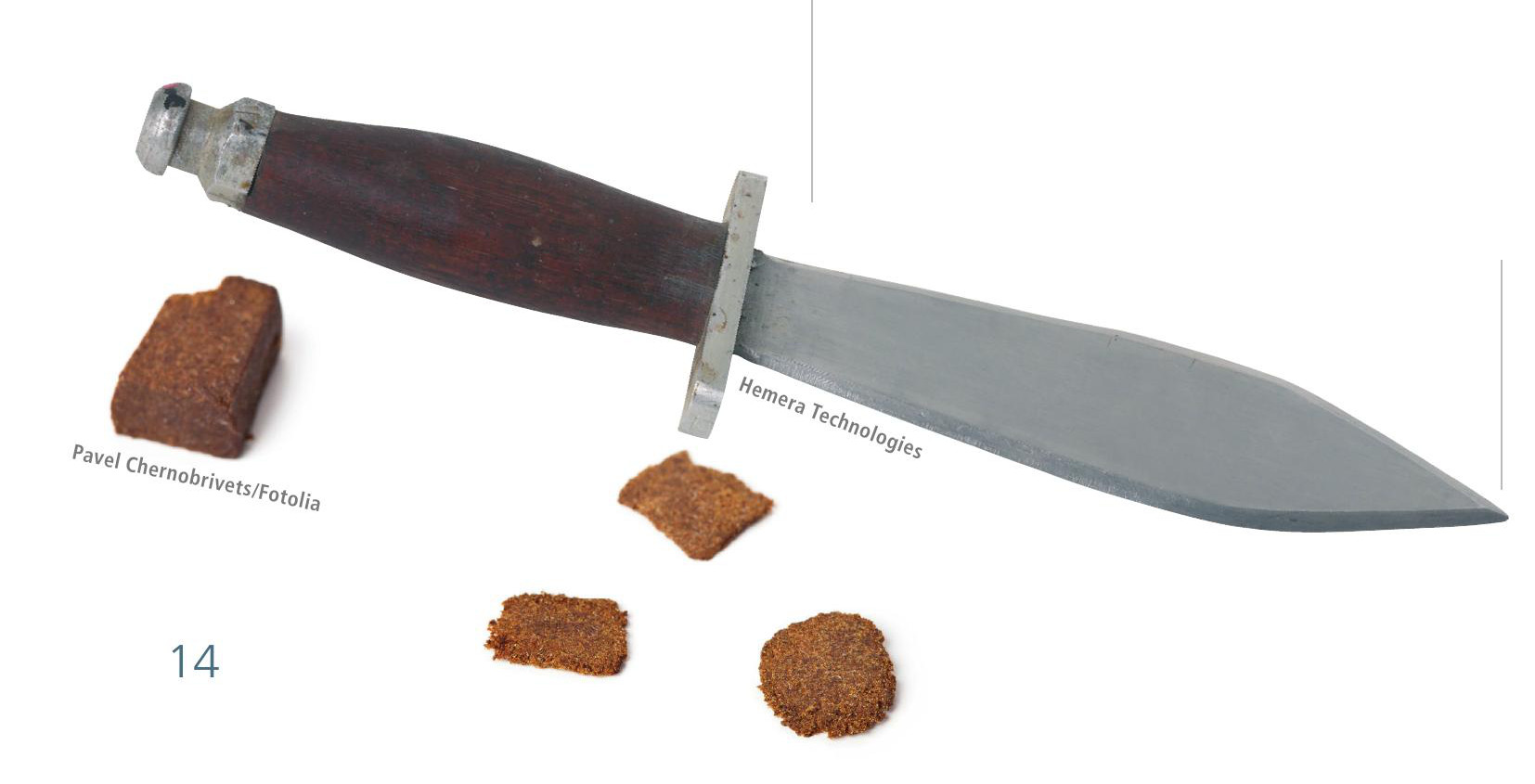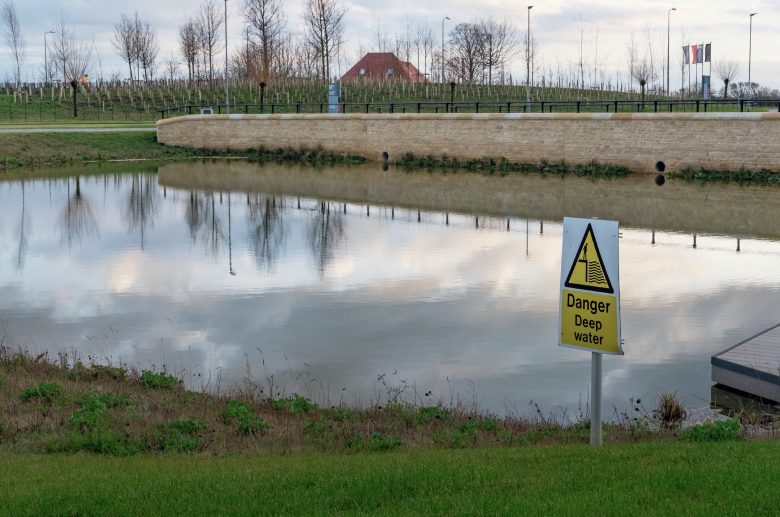
The facts of this case are as follows. Coley (the defendant) was convicted of attempted murder. He was 17 at the time. He was a regular and quite heavy user of strong cannabis. He liked knives, of which he had a collection in his bedroom, and which he sharpened from time to time.
One night, having watched an action film, he went to bed but later got up, dressed himself in dark clothes and a balaclava and went to his neighbour’s house. When the neighbour woke up to find Coley in his bedroom he confronted the defendant, who stabbed him repeatedly. His life was saved by the prompt action of a neighbour skilled in first aid and by the paramedics, who were quickly on the scene.
Your organisation does not have access to this article.
Sign up today to give your students the edge they need to achieve their best grades with subject expertise
Subscribe




